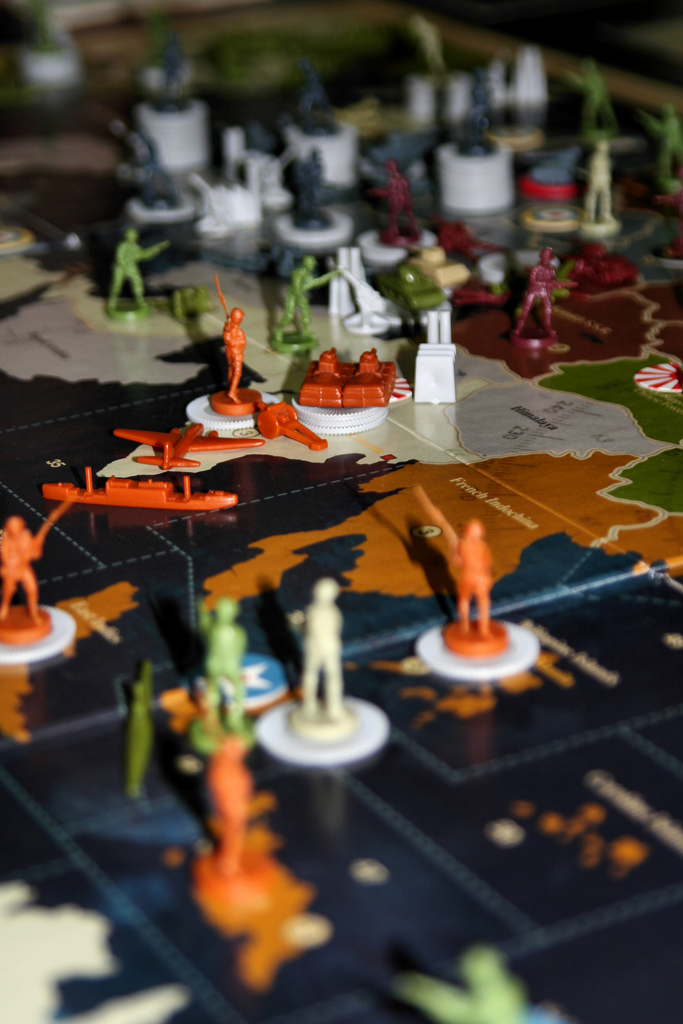What comes to mind when you think of going to the theatre? It might be dazzling lights, a show-stopping dance break, or the plush velvet seats of a Broadway house. Maybe it’s a more intimate setting, with a smaller space and cast. Regardless, you probably do not imagine yourself sitting alone on your couch, watching a performance on Zoom.
Your thoughts were probably missing another important thing too. Diversity in American theatre has been absent and craved since its inception, in casts, crews, creative teams, and even in audiences. The traditional experience of theatre required modernization for a long time, and now the pandemic, along with the context of social justice movements, is forcing these changes.
Today, the COVID-19 crisis is presenting American theatre-makers with an opportunity—a chance to reinvent the theatre in a way that expands audiences, better reflects what audiences need, and adapts to the societal and political tensions engulfing the nation. It is a chance to align theatre with what we want it to be, and make it irrefutably relevant to the modern world. For an industry that prides itself on being progressive, pushing the boundaries is long overdue. The tragedy of the pandemic can be the catalyst to building a more exciting, equitable, representative, inclusive, and ultimately stronger theatre industry.
The pandemic has made it impossible to present most conventional forms of theatre, and the ensuing national shutdowns have had great economic and social consequences on the industry. Broadway theatres in New York will remain closed until at least January 3, and West End theatres in London are also unlikely to reopen this year. Many shows, from Disney’s Frozen to Beetlejuice, have announced that they are not coming back in their original form or are closing for good. Due to government and industry health and safety guidelines, theatre in general is at a standstill—it is unclear when or how it will return.
However, necessity is the mother of invention. Never before has theatre had more reason to evolve and expand its scope. The industry is already showing its resilience: despite the challenges, artists have found new outlets for expression and ways to showcase their creativity. Digital play readings, micro-plays (often put on in tiny spaces to small audiences, unconstrained by conventional large-scale planning), and full-blown Zoom productions have emerged as safe ways to create, perform, and experience theatre. Newly branded “audio theatre” is another novel way to tell stories. Artists record the text and sounds of a play and turn them into podcasts, radio shows, or CDs so audiences can listen to theatre adaptations anywhere.
Some local theatres, like The Weathervane Theater in Whitefield, New Hampshire, have even attempted to put on scaled-down, socially distanced performances or outdoor productions. This serves to remind people what theatre was like pre-pandemic, but is not translatable as a widespread model.
Not everyone appreciates these new forms of theatre, and some of the resistance comes from those who think that the definition of theatre is losing clarity. There are artists who argue that none of these hybrid creations are true theatre. They claim that adding these digital features only distracts from the live interaction and direct energy exchanged between a performer and the audience. These modern elements should be left to—and are meant for—film. Although some respond this way, many are adapting and accepting these newer forms.
Before COVID-19, theatre was already integrating more technology in the form of projection mapping, video systems, and computer-generations. This combination of technology and engineering with traditional theatre methods was revolutionizing the industry, adding new tools to an arsenal of stage makeup and special effects. Now, the industry has simply sped up the implementation of these features. The blurring of lines between live art and technology enhances the way we tell stories to provide a more immersive, stimulating experience that could bring a broader demographic to the theatre.
But digital tricks alone are not going to draw more people to the theatre. For as long as it has existed, American theatre has had a problem with affordability and inclusion. The stark demographic divide has been obvious in recent years, but nowhere more apparent than on Broadway. AmericanTheatre.org found that during the 2018–19 season, attendees paid an average of $146 per ticket. In the same season, theatregoers’ average household income was $261,000. The 2018 median household income in New York was around $1,200 per week, so tickets in that price range were not affordable for most families.
The racial wealth gap in the United States is impossible to ignore. White families continue to have higher average disposable income for many reasons, such as access to education, generational wealth, and institutional racism within federal policies. Among New Yorkers who attended a Broadway performance, 67 percent were White, compared with 44 percent of the city’s overall population.
Income inequality is one reason why American audiences look the way they do, but there is another reason why non-White people are opting to stay home and stream instead—the stories theatre tells are less relevant to them. In order for theatre to matter in a modern context, it needs to represent the diversity of America and the stories and concerns of marginalized communities. In the past seven Broadway seasons, 80 percent of roles were held by White actors. When looking at all musical revivals done from 2004 to 2017, only 14 percent of cast members were minorities.
When Black, Indigenous, and People of Color (BIPOC) are cast in shows, pervasive stereotypes also affect the types of roles they play. White stars are the default in starring roles, except when more “ethnic shows” like The King and I or On Your Feet are playing. A number of shows have implicit White supremacist premises. Many of the most-produced musicals and “golden age” repertoire, such as The Music Man, contain underlying plot points that rely on the central characters being White. The Black Lives Matter movement has had an extensive effect on every element of society and theatre cannot be an exception. New shows must reflect the social progress of the nation and star a diverse array of actors in complex roles.
The situation behind the scenes is equally homogeneous and, frankly, disappointing. White men are writing the stories, choosing which ones to produce, and creatively putting them together. White playwrights wrote 87 percent of all shows produced in the 2016–17 Broadway season. Additionally, women receive less than 20 percent of all League of Resident Theatres lighting design contracts—a trend that carries into every theatre and every area of design except costumes. Research shows that when the theatre’s artistic director and the show’s director identify as male, women are less likely to be hired across all positions. From 2019 to 2020 on Broadway, only four of thirty-seven shows were written by artists of color and only one by a female-identifying artist. This lack of diversity was not hidden before the pandemic, but it was too easily covered up, avoided, and allowed to persist.
As some of these issues are finally being acknowledged and addressed, a question emerges—what should the new American theatre look like? For starters, all types of theatre must become more affordable. Production companies could take advantage of state tax credits to bring theatre to communities across the US. Wealthy foundations, corporations, and people also can make a difference by providing grants and subsidizing ticket accessibility programs, which have been effective before. For-profit theatres, like those on Broadway, can also support suffering smaller nonprofits in order to redistribute wealth.
Another significant step is expanding the definition of “classic” theatre beyond older Eurocentric perspectives by producing and spreading more plays written by and about BIPOC. While ‘golden age musicals’ will never disappear, we must make space for shows that are newer, more relevant, and more inclusive. As shows like The Wiz and The Color Purple invite more diverse creative teams into the industry, they may inspire the next generation of writers, directors, and designers to keep theatre vibrant. While hiring, showcasing, and inviting more people of color into the theatre is not going to fix everything on its own, it is a long-overdue place to start. Once we accomplish these initial goals, more imaginative solutions can follow.
In the words of renowned Pulitzer-winning playwright Paula Vogel, “crisis is always an opportunity for change.” The unforeseen circumstances created by COVID-19 are a call to action for all who work in theatre, love theatre, or have watched a piece of theatre before to address the problems that have long plagued the industry.
We must reconnect with what makes theatre great and actually embody the progressive ideals that the industry touts. The power of storytelling is necessary now more than ever given the challenges we face. It is time theatre shares diverse stories in new ways, to avoid becoming just a soulless, out-of-touch, for-profit industry.



